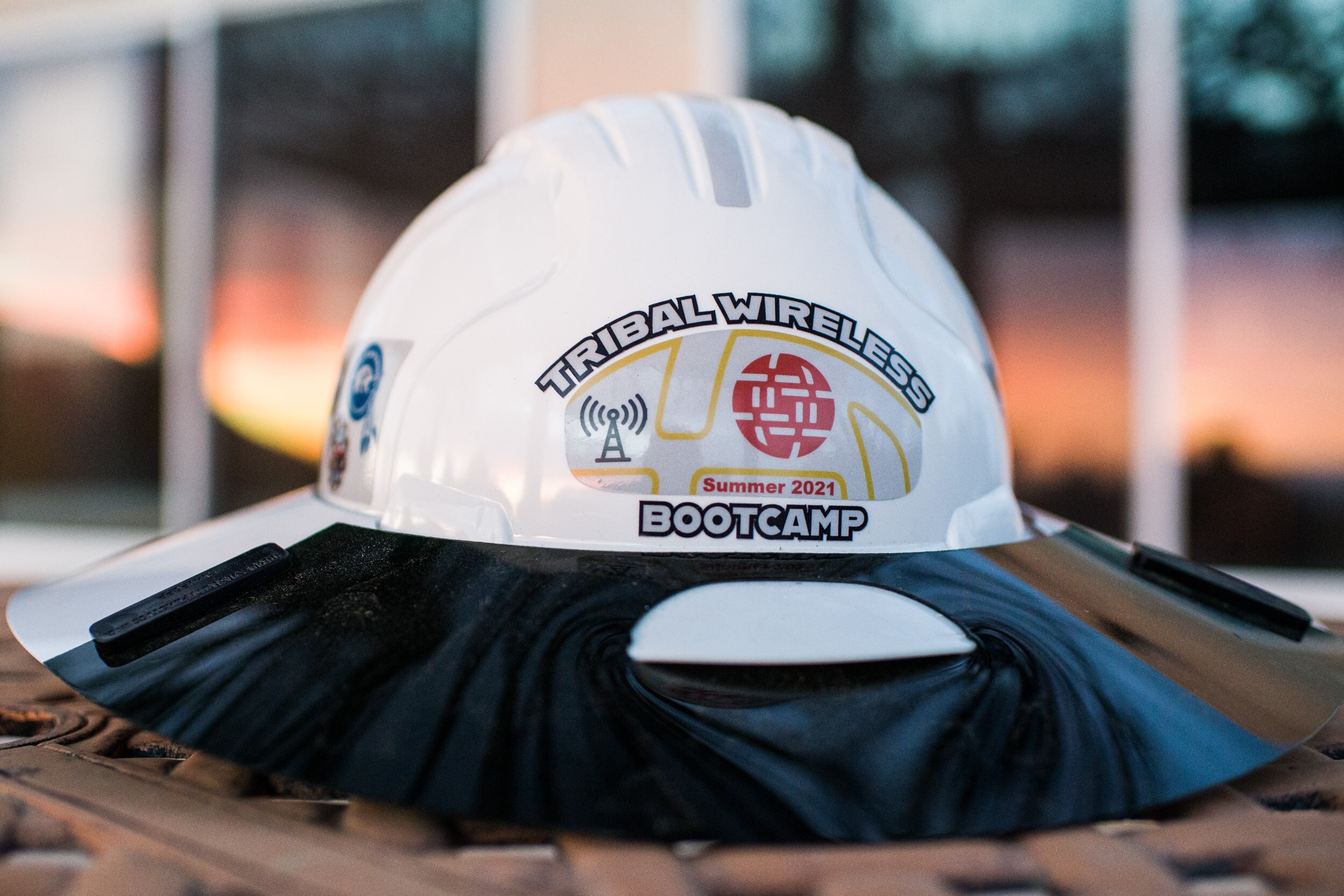The American Indian Policy Institute has launched the Indigenous Leadership Academy (ILA) application! The application is now live and will remain open until November 15, 2021. Click here to start the application process.
Indian Country
After years of advocacy, the FCC is finally taking action to make needed improvements to the The Universal Service Program for Schools and Libraries, also known as E-rate. On October 14, 2021, the FCC published a notice in the Federal Register of a proposed rule to make Tribal libraries eligible to participate in the E-rate program.
Fall is always busy in Indian Country. But then Fall is always busy. School is back in session, Congress is back in session, and conferences are in full swing. This year, many conferences are virtual, but not all. AIPI attended and presented at many.
The American Indian Policy Institute has launched the Indigenous Leadership Academy (ILA) application! The application is now live and will remain open until November 15, 2021. Click here to start the application process.
This is an important reminder that the deadline for the Tribal Broadband Connectivity Program (TBCP) is coming up tomorrow, September 1 at 11:59 PM PDT. This is a statutory deadline and cannot be modified. The National Telecommunications and Information Administration (NTIA) held a TBCP webinar on August 24, 2021, in which they highlighted the following points:
The Indigenous Leadership Academy (ILA) is excited to announce the hiring of Dr. Denise Bates, PhD as the ILA Curriculum Writer! You can read more about Dr. Bates here.

Image Credit: Christopher Mitchell, Institute for Local Self-Reliance, for the Internet Society
July is upon us and it is my work anniversary at ASU. I’m now starting my eighth year at AIPI and ASU. As I reflect on the last seven years, I’m astounded at the changes in our lives, at the university, and at AIPI, all while being thankful for all the folks who’ve helped and supported my vision along the way. I’m also excited about what’s to come as we’re hitting our stride with more growth on the horizon.
On Monday, June 7, 2021, the Universal Service Administrative Company (USAC) under the Federal Communications Commission (FCC) announced the launch of a new data dashboard which tracks the progress of the Emergency Broadband Benefit Program (EBB).
This past weekend (June 5th - 7th) I went to the White Earth Nation in Northern Minnesota to witness the Treaty People Gathering on Treaty rights and Tribal sovereignty. This event brought together more than 1,000 people from across the country to learn about Tribal sovereignty, Treaty rights, and Missing and Murdered Indigenous Women (MMIW) surrounding the Line 3 Pipeline.